The indri is one of the largest members of the lemur family and native to Madagascar. It’s also called babakoto.
This animal is monogamous and will only seek out a new mate after the death of its mate.

The indri is one of the largest members of the lemur family and native to Madagascar. It’s also called babakoto.
This animal is monogamous and will only seek out a new mate after the death of its mate.

The hippotamus is a large mammal native to Africa. These herbivores spend their days in water or mud (even reproduction and childbirth occur here) and come out at dusk to graze. Although they luxuriate in the “bath” – water or mud – in groups, on land they are solitary creatures.
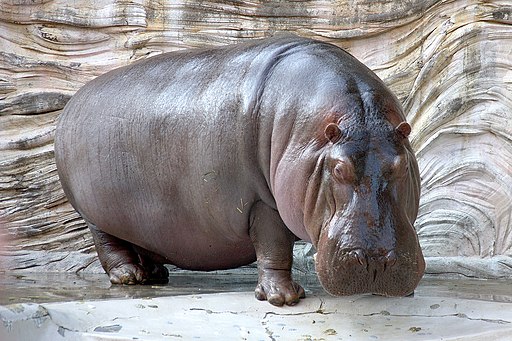
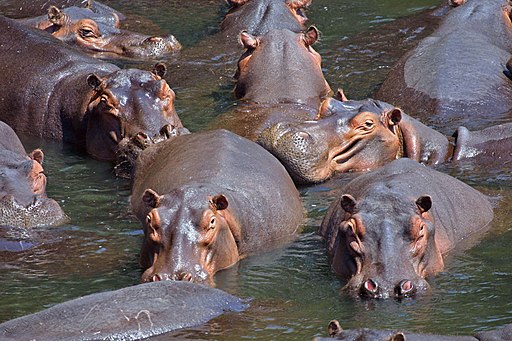
Gerbils are small rodents that usually grow to between 6 and 12 inches long (including their tail).
They were first introduced to the pet industry in 1964 but you can’t buy, import or keep a gerbil as a pet in California.
The fox is a member of the canine family and is found on every continent but Antarctica. They are omnivores and are slightly smaller than an average dog.
Recently, there have been reports in the news of foxes entering houses during the night in parts of London, England and attacking babies and toddlers.

Elephants are large mammals that are found in Africa and Asia. As their habitats suggest, they are known by the areas they live in.
Their large ear flaps help dissipate heat through the capillaries that carry the heated blood away from the animal’s body and out into the air.
African Elephant
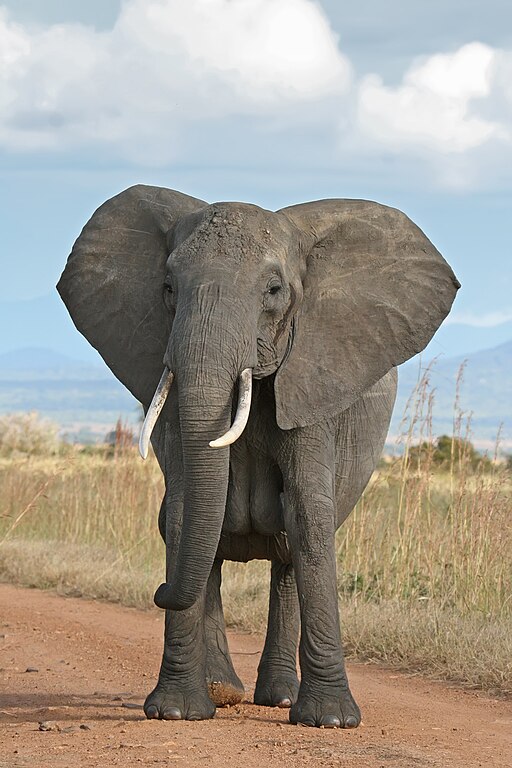
Asian Elephant
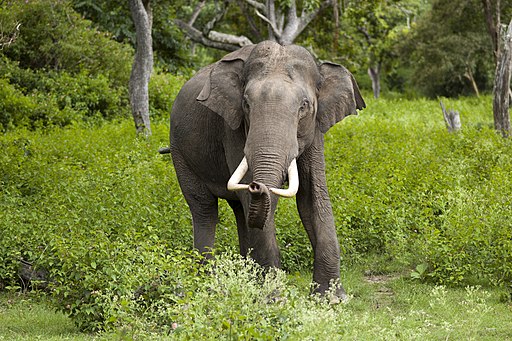
Donkeys (asses) are domesticated members of the horse family.
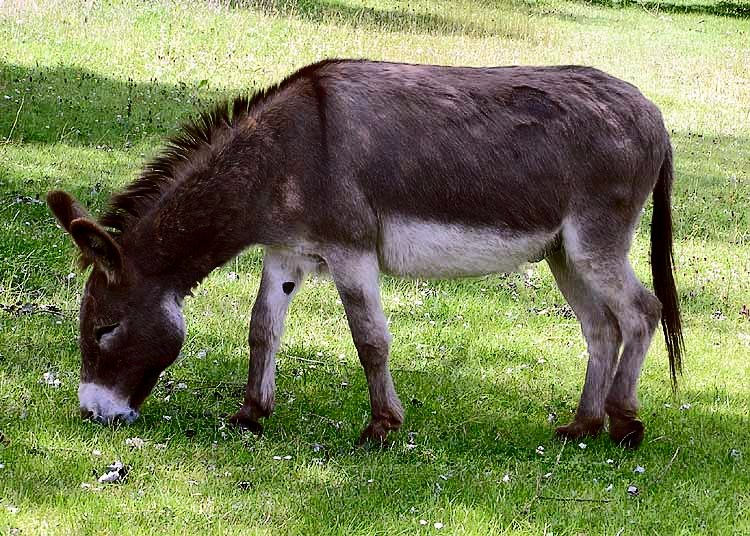
Male donkeys are called “jacks” and are sometimes bred with horses to create mules. Females are “jennys” and the young are “foals”.
Donkeys are often kept in fields with sheep to protect the sheep from predators such as wolves or coyotes.
Despite having a reputation of being stubborn, they can be willing and companionable partners.

Chipmunks are members of the Sciuridae family. These small, striped rodents are primarily found in North America .
They primarily eat nuts, seeds and fruit and other plant matter. Like their larger squirrel cousins, they have pouches on the insides of their cheeks so they can carry multiple items back to their larder in one trip.
Chipmunks can be coaxed to take food from humans and can be kept in captivity. In the wild, their life span is about three years but in captivity, they can live up to nine years.
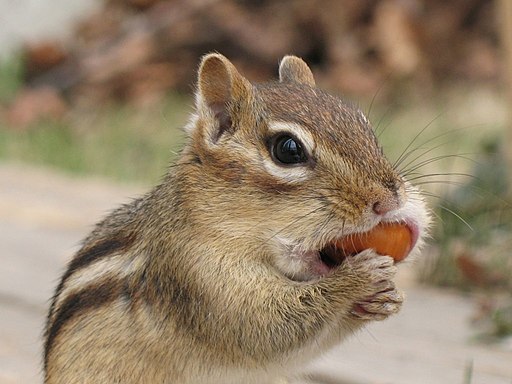
Badgers are short-legged, nocturnal omnivores that belong to the same family as otters, polecats, weasels and wolverines.
Some of the Eurasian badgers (like the one pictured below) can tip the scales at 40 pounds!
Badgers live in burrows called setts and many have been culled in Europe and the United Kingdom to prevent the spread of rabies and bovine TB.
They are fierce and will go to great extents to protect themselves and their young but can be tamed as kept as pets.
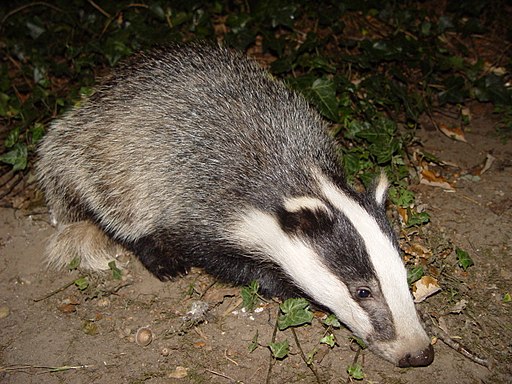
Aardvarks are native to Africa. They’re a medium-sized, nocturnal mammal with a long pig-like snout, which they use to sniff out food. Their diet consists of ants and termites, dug out of their hills using their sharp claws and powerful legs. Their digging ability is also used to create burrows to live in and raise their offspring.